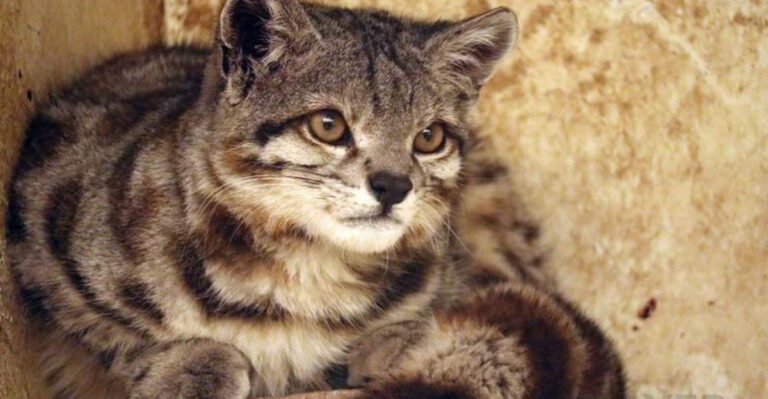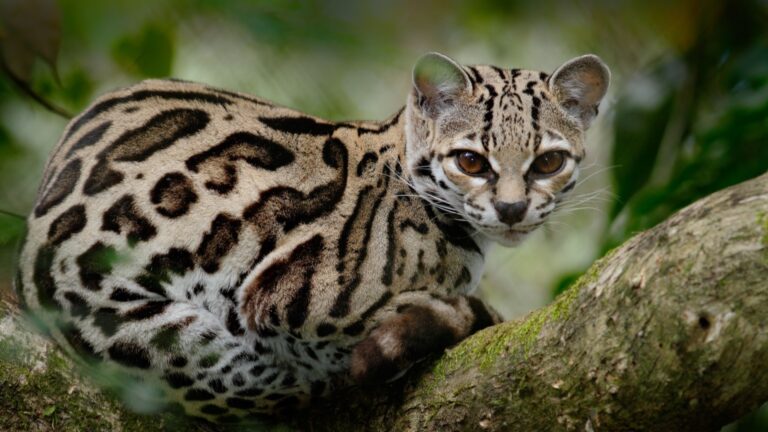13 Endangered Turtle Species And The Efforts To Save Them
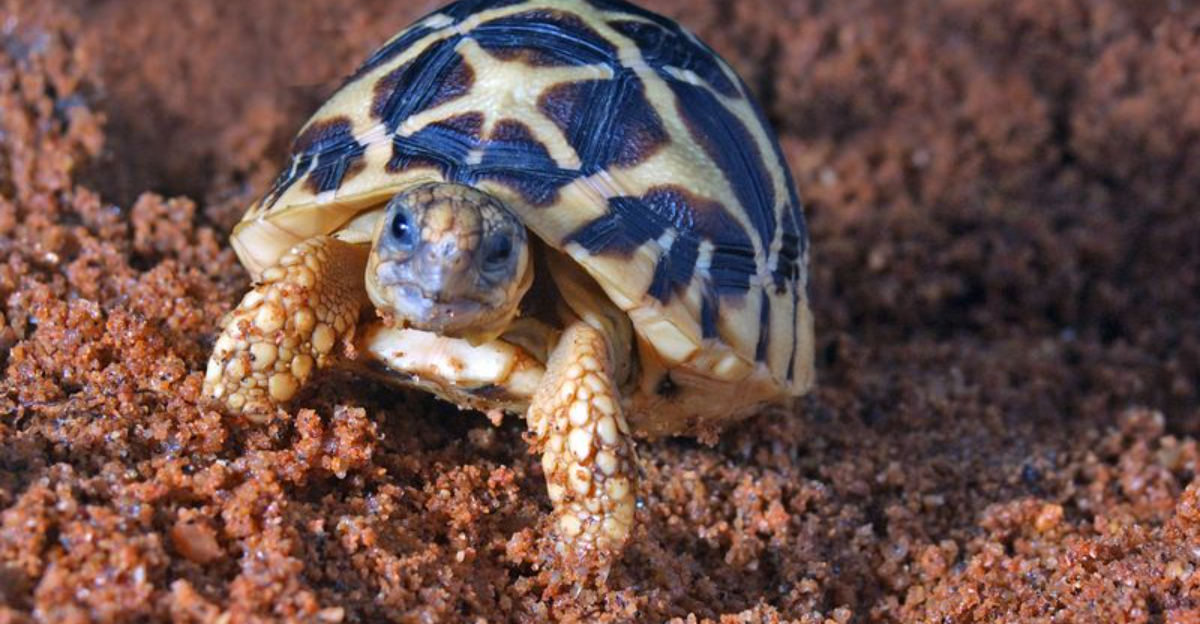
Turtles have roamed our planet for over 200 million years, surviving the extinction that wiped out dinosaurs.
Today, these ancient creatures face their greatest challenge yet – human activity. From habitat destruction to illegal trading, many turtle species now teeter on the brink of extinction.
1. Leatherback Sea Turtle
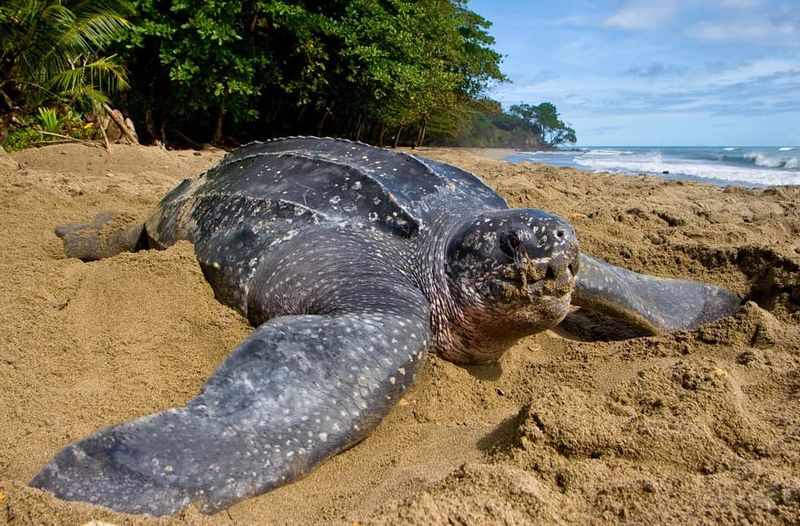
Giants of the ocean, leatherback turtles can weigh up to 2,000 pounds. Their population has plummeted by 95% in some regions due to plastic pollution—they mistake floating bags for their jellyfish prey.
Conservation heroes patrol nesting beaches at night, relocating eggs to safer locations. International agreements now protect critical migration routes across the Pacific and Atlantic Oceans.
2. Kemp’s Ridley Sea Turtle
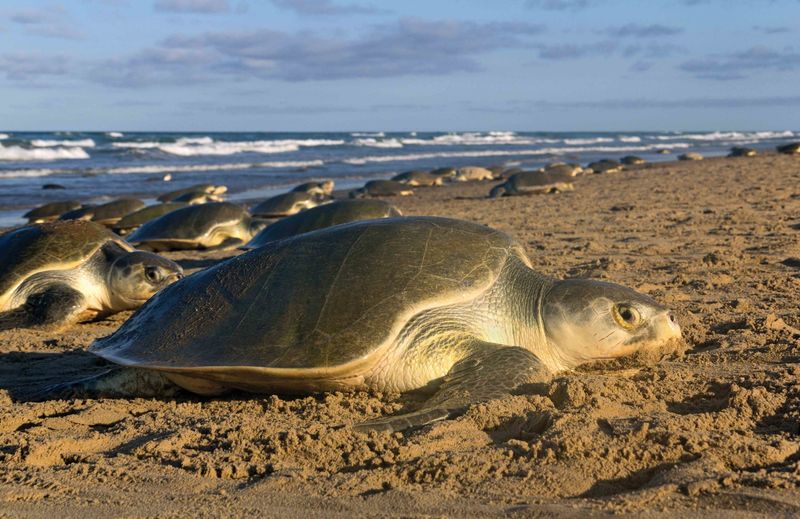
Among the smallest sea turtles, Kemp’s Ridleys face enormous threats. Once nearing complete collapse with only 200 nesting females remaining, they’ve become conservation poster children.
Mexico and Texas host remarkable ‘arribadas’—mass nesting events where hundreds emerge simultaneously. Beach patrols guard nests, while innovative fishing gear modifications reduce accidental catches in shrimp trawls.
3. Hawksbill Sea Turtle
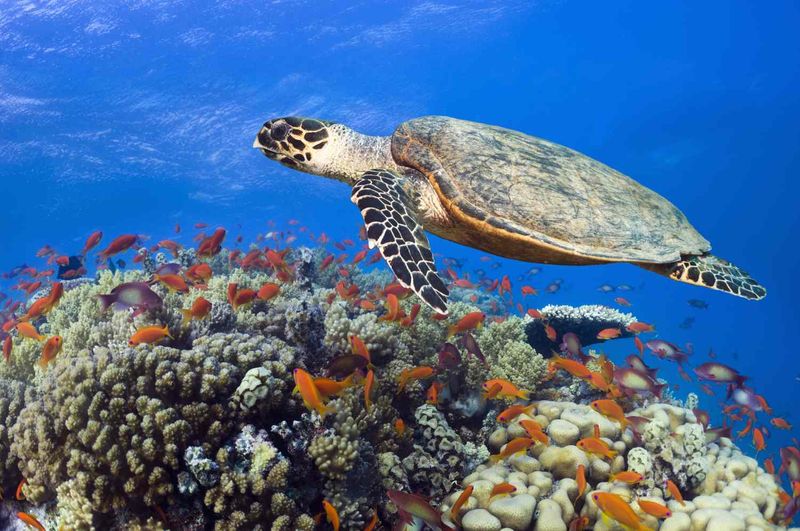
Sporting beautiful amber and brown shells that resemble sunbursts, hawksbills have been hunted mercilessly for centuries. Their distinctive shells, sadly, make perfect material for jewelry and ornaments.
Rangers now monitor remote beaches across Southeast Asia and the Caribbean. Marine protected areas give these reef-dwelling turtles safe havens, while education campaigns work to reduce demand for tortoiseshell products.
4. Loggerhead Sea Turtle
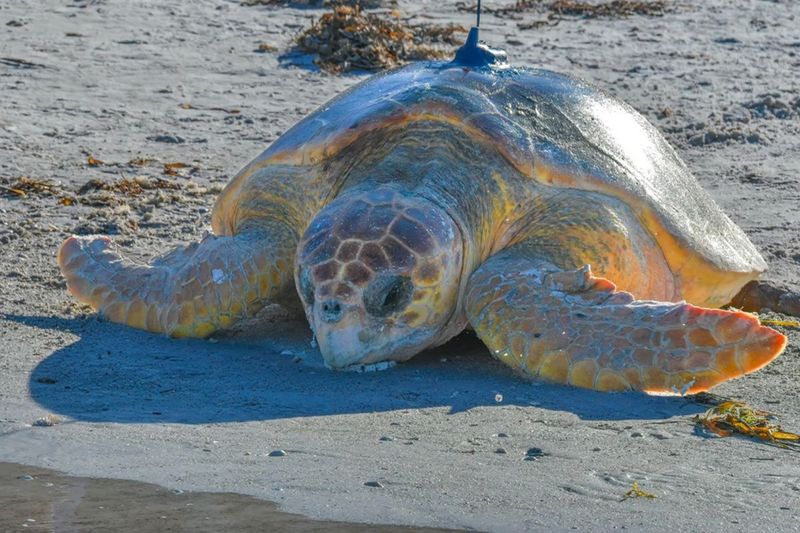
Named for their massive heads and powerful jaws, loggerheads undertake epic migrations spanning entire oceans. Satellite tracking reveals individuals traveling over 9,000 miles between feeding and nesting grounds!
Turtle-friendly lighting projects darken beaches during hatching season. Meanwhile, Turtle Excluder Devices (TEDs) in fishing nets have saved countless lives by providing escape hatches for accidentally caught turtles.
5. Flatback Sea Turtle
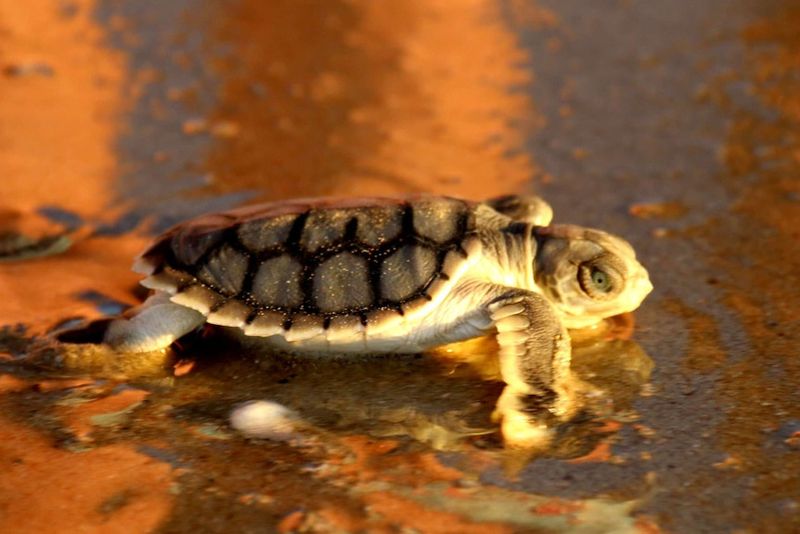
Australia’s unique marine treasure, flatbacks never roam far from home. Unlike other sea turtles, they stick close to the continental shelf, making them especially vulnerable to local threats.
Indigenous ranger programs combine traditional knowledge with modern science. Communities monitor nesting beaches across northern Australia, while industrial developments now require turtle-safe designs near important habitats.
6. Green Sea Turtle
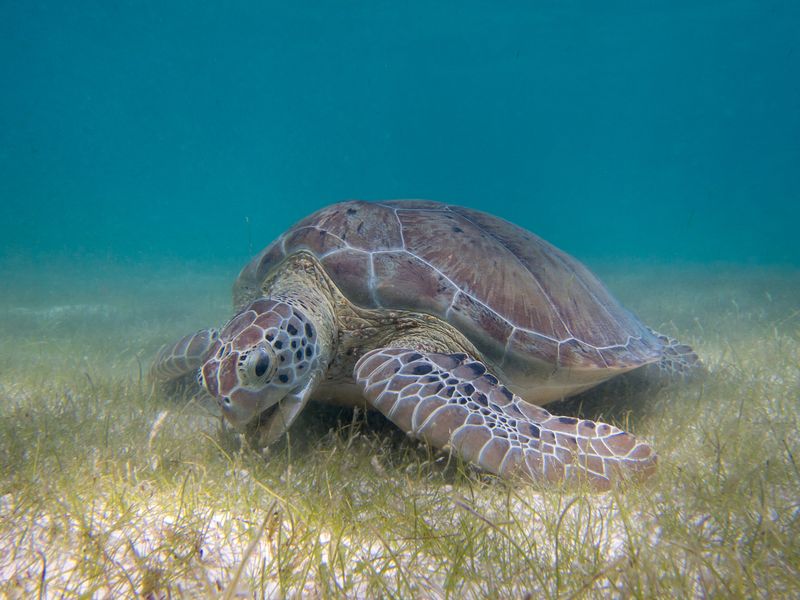
Vegetarians of the sea, green turtles get their name from the greenish fat under their shells—not their outer appearance. Hunted for centuries for turtle soup, their populations crashed worldwide.
Volunteer programs on nesting beaches have become popular ecotourism activities. Night patrols protect nests from poachers, while seagrass restoration projects rebuild their crucial feeding grounds.
7. Pinta Island Tortoise
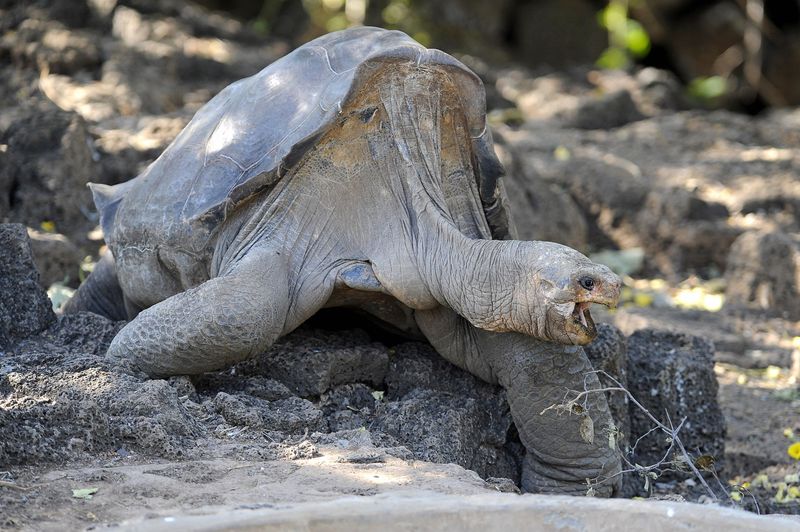
Lonesome George, the last of his kind, became a conservation icon before his death in 2012. His species’ extinction represents a tragic loss for the Galápagos Islands. Scientists preserved genetic material hoping for future resurrection possibilities.
Meanwhile, hybrid tortoises with Pinta Island ancestry have been discovered, offering a glimmer of hope that some genes might survive through crossbreeding.
8. Galápagos Tortoise
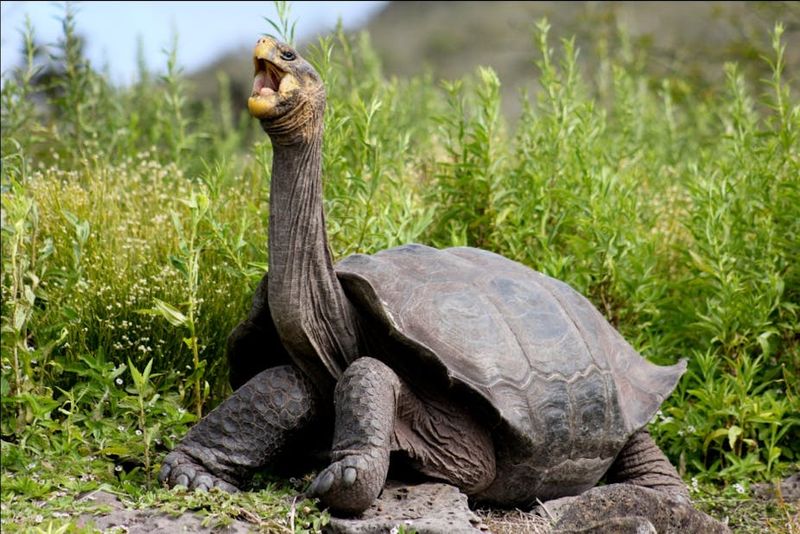
Darwin’s inspiration continues to amaze with their century-long lifespans and massive size—some individuals weigh over 500 pounds! Hunted by sailors for fresh meat on long voyages, several subspecies nearly vanished.
Today, captive breeding facilities on Santa Cruz Island release hundreds of juveniles annually. Invasive species removal programs eliminate introduced predators like rats, while habitat restoration recreates their natural environment.
9. Aldabra Giant Tortoise
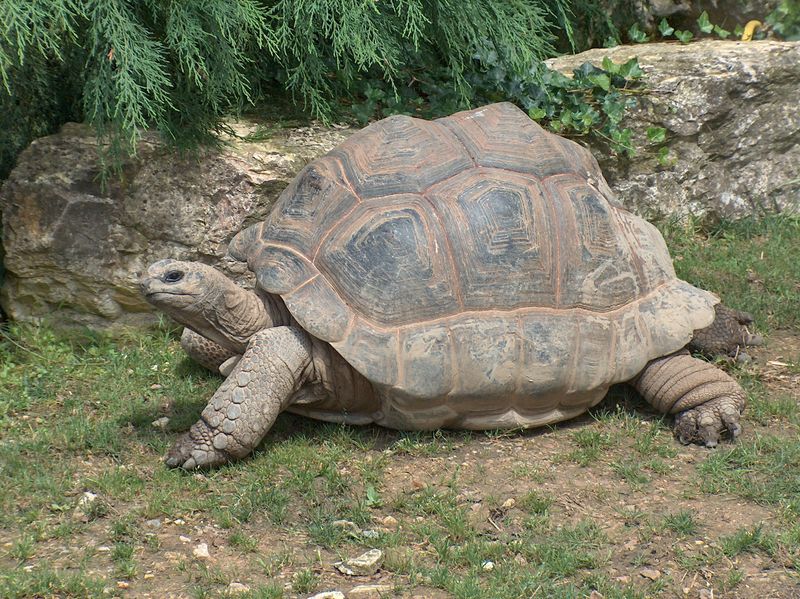
Surviving on remote Indian Ocean islands saved these giants from the fate of their extinct relatives. Reaching weights of 550 pounds, they’re ecosystem engineers—creating paths other animals use and dispersing seeds.
The Seychelles government established strict protection for their island home. Captive breeding programs maintain genetic diversity, while reintroduction efforts have established new populations on islands where their cousins once lived.
10. Chinese Three-Striped Box Turtle
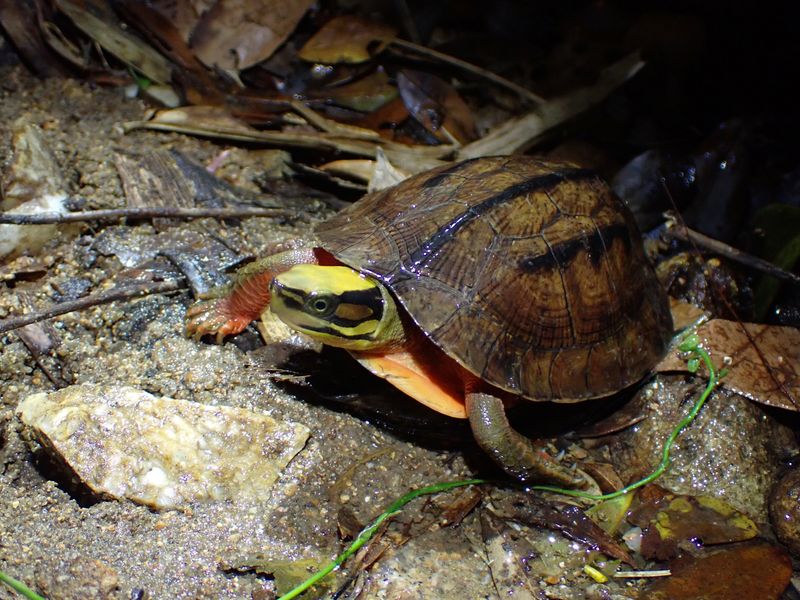
Small enough to fit in your palm, these turtles command astronomical prices in illegal wildlife markets. Traditional medicine practitioners falsely claim their shells have healing properties, driving them toward extinction.
Specialized breeding centers in China and Vietnam work to maintain viable populations. Meanwhile, conservation groups partner with local communities to establish protected areas and provide alternative livelihoods to former turtle hunters.
11. Spotted Tortoise
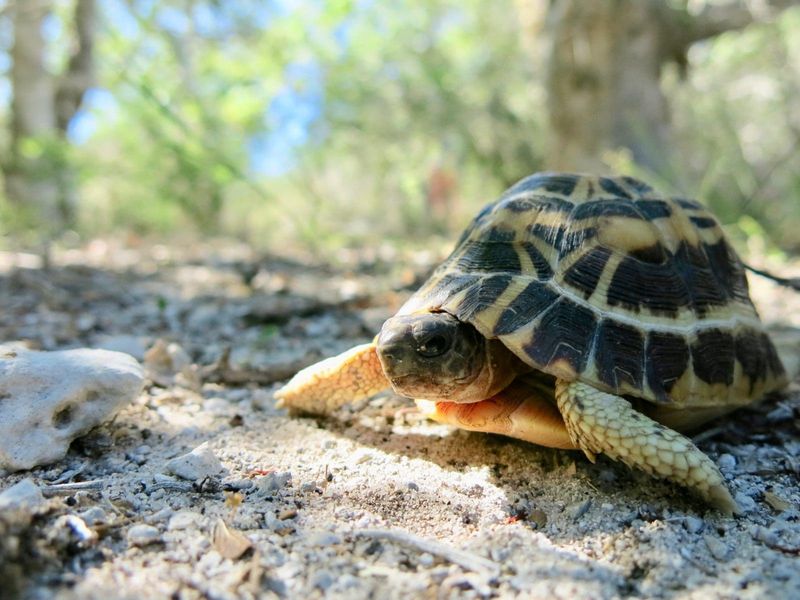
Madagascar’s jewels sparkle with yellow spots against ebony shells. Barely larger than a baseball, these miniature tortoises face a giant problem—their entire forest habitat is disappearing. Community-managed reserves now protect critical areas.
Local rangers, once hunters themselves, patrol forests to prevent poaching. Captive assurance colonies provide insurance against extinction, with breeding programs maintaining genetic diversity.
12. Indian Star Tortoise
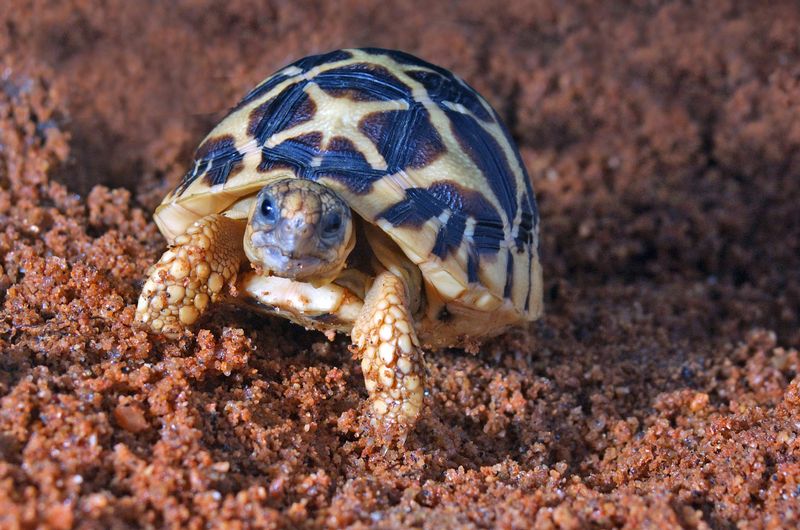
Stars really do walk on earth! These beautiful tortoises display radiating yellow patterns resembling celestial bodies on their domed shells. Their popularity in the exotic pet trade has devastated wild populations. Anti-smuggling units now use trained dogs to detect hidden tortoises at airports and borders.
Confiscated animals undergo rehabilitation at specialized centers before release into protected areas, while breeding programs strengthen remaining populations.
13. Ploughshare Tortoise
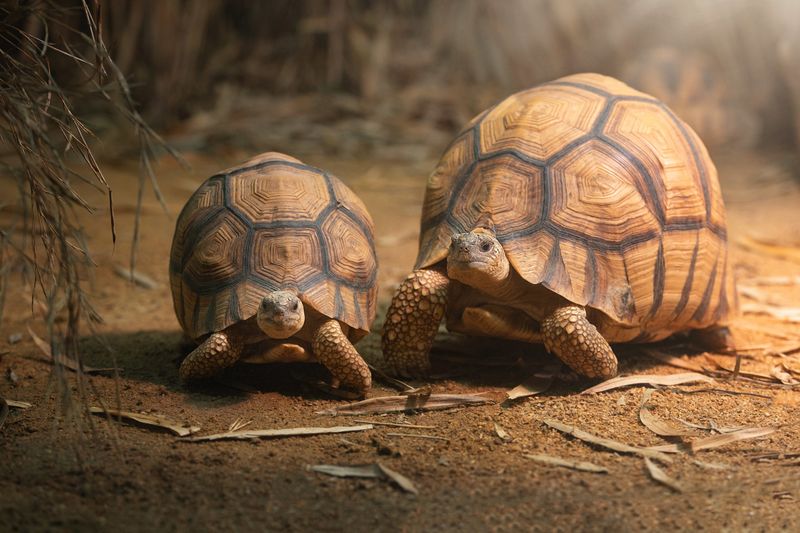
Perhaps the world’s rarest tortoise, fewer than 100 ploughshares remain in Madagascar’s bamboo forests. Their distinctive golden shells with protruding neck plates make them irresistible to collectors—and tragically valuable on black markets.
Armed guards now protect remaining populations around the clock. Some conservationists have taken the extraordinary step of deliberately scarring shells to reduce their value to poachers, while international treaties impose severe penalties for trafficking.


